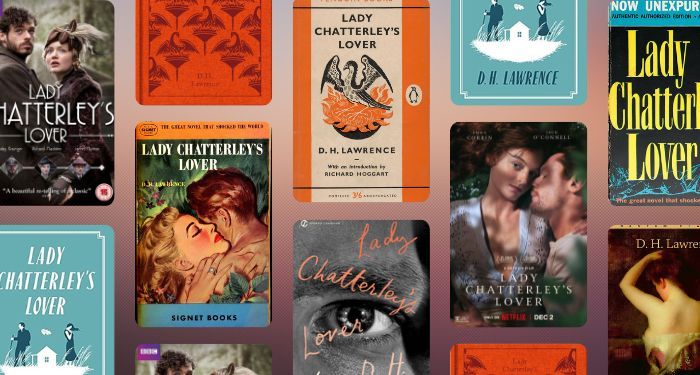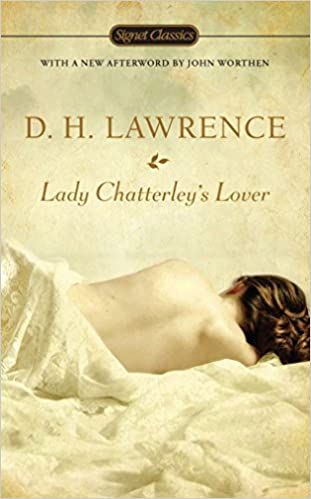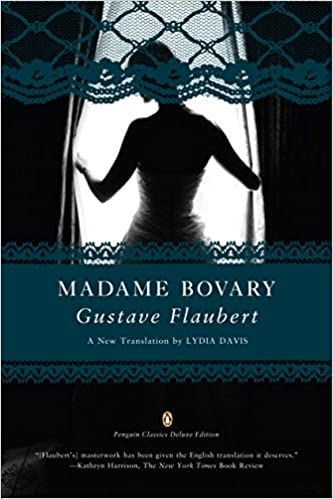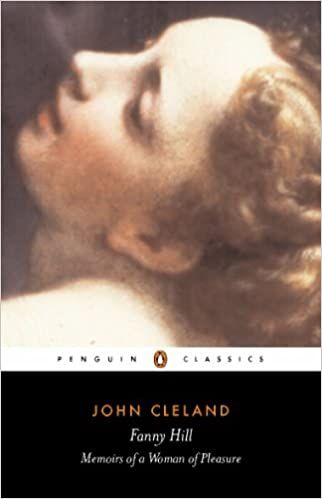
A History of LADY CHATTERLEY’S LOVER
“Obscenity only comes in when the mind despises and fears the body, and the body hates and resists the mind.”
—Lady Chatterley’s Lover by D.H. Lawrence
The quote from above serves as epigraph to the constant battle that Lady Chatterley’s Lover as a title has been through; from proving its literary merit to justifying its themes, there is not much about this title that has not been challenged. Let’s take a look at the brief history of this title.
Plot

Set in post-war England, Lady Chatterley’s Lover tells the story of our heroine, Connie Reid, who is married to Clifford Chatterley. After a month of domestic bliss, Clifford is sent to war to return paralyzed from the waist down.
As the months go by, Clifford becomes a successful writer and Connie finds herself sidelined and isolated. As Clifford basks in the glory of his writing, Connie indulges in fleeting affairs in search of companionship, both of the body and soul. Into this void enters Oliver, the groundskeeper for the Chatterley estate. So begins a story of covert meet-ups and shared longings only to be interrupted by fate and duty.
Thematic Elements

Similar to works like Madame Bovary and Anna Karenina, at its core, for me, this book is centered around marital disillusionment. How two people, even though joined in matrimony, have two completely different expected outcomes from the union. Whereas Connie, who was raised with ideas of love and exploring her body, seeks companionship from her husband, her husband mostly seeks a wife, a figurehead to fill the role. When adversity strains their marriage, this clash in ideals only becomes more visible.
Another theme that stands out, which was also one of the primary reasons for this work being labeled ‘pornography’ and ‘obscene,’ is Lawrence’s exploration of sating both the desires of mind and body. The relationships that Lawrence explores in this work speak to how partners may find themselves dissatisfied when their partners are “all-mind” or “all-body”. The affair at the center of this book serves then as something more than a scandal, it serves to display the perpetual search of a relationship grounded in mental and physical belonging.
Like so many of the classics, it is also a commentary on the British aristocratic class and working class and the divide that pervaded the time. This divide is visible within the tensions of Connie and Oliver. There are also tensions captured around the impending threat of industrialization at that time, like the coal miners who find their income faltering, as opposed to Clifford’s income, which only seems to be growing.
History of Censorship
Thinking of all the variety of themes it deals with, an exploration of existential ennui at its finest, at the time of its publication it was heralded as “obscene” and the work of a “diseased mind”. So much so that D.H. Lawrence had to initially publish Lady Chatterley’s Lover privately between the years of 1928 and 1929. The initial publishing involved 2,000 copies in England, followed by 200 copies of the second edition. From then on, pirated copies began to be made of the novel.
In 1930, the U.S. Senate considered importing the book, but Senator Reed Smoot expressed concern that reading such a work would corrupt the minds of the senators (HA). When the ban on Ulysses by James Joyce was lifted in 1933, there was hope that the ban on Lawrence’s work might be lifted, but it did not seem to be the case.
By this time, many other novels had joined the ranks of novels that were considered too salacious for the general public to indulge in, including Henry Miller’s Tropic of Cancer and Anaïs Nin’s The Winter of Artifice.
It wasn’t until the 1960s when Penguin published the uncensored version of the title that the work began to see the light of the day. Upon its publishing in the 1960s, Penguin underwent a trial under the Obscene Publications Act of 1959, in which a book could escape censorship if it demonstrated literary value. The trial of R v Penguin Books Ltd was a public event and had famous authors as members of its jury including E.M. Forster and Helen Gardner. On November 2, 1960, the verdict of ‘not guilty’ was delivered, which opened the doors for more of the world to access Lady Chatterley for the first time. In the second edition of the printing, in fact, Penguin dedicated the edition “to the twelve jurors, three women and nine men, who returned a verdict of ‘not guilty’ and thus made D. H. Lawrence’s last novel available for the first time to the public in the United Kingdom”

The U.S. was not far behind. After a 1955 French adaptation of the book was released and bought to trial in New York, the U.S. Supreme Court declared that it was a violation of the First Amendment protecting free speech. The ban on several other titles including Tropic of Cancer and Fanny Hill was fought and overturned in 1959, and the first U.S. edition of Lady Chatterley’s Lover went to printing by Grove Press. Countries such as Canada, Japan, and India soon followed suit.
Lady Chatterley’s Lover in Film and Television
With a work that has been as talked about as Lady Chatterley, it’s only natural that it be adapted for television. L’Amant de lady Chatterley, the French drama film that came out in 1955, remains one of the most important adaptations for putting this title back on the publishing radar. From then on, multiple adaptations, whether on TV or as movies, have come forth. Among them is Lady Chatterley (1993), a BBC Television serial that was directed by Ken Russell for BBC Television. It starred Sean Bean and Joely Richardson.
In 2006, the R vs Penguin Books trial was dramatized by BBC Wales as The Chatterley Affair.
In 2015, a BBC television film starring Holliday Grainger, Richard Madden, and James Norton came out and was released on Netflix as a drama series. Netflix also revealed earlier this year that Life of Pi screenwriter David Magee will be writing the screenplay for another adaptation for the service set to be released in 2022.
With the multiple adaptations already out there and still forthcoming, one thing is assured: this is not a title history will soon forget.
Lady Chatterley’s Lover in Modern Times
Lady Chatterley’s Lover is one of the titles considered to have played a significant role in paving the way for the sexual revolution in the U.S. Even though it is continuously in the ranks of banned titles today, like Catcher in the Rye and Brave New World, there seems to be a shift in terms of what is banned. This piece by NPR that explores contemporary banned books, and, according to Deborah Caldwell-Stone, director of the ALA’s Office for Intellectual Freedom, “the books that received the most challenges to libraries and schools dealt with racism, Black American history, and diversity in the United States.”
Whether banned or not, the themes explored in Lady Chatterley remain timeless to me in my head. The book and its reception speak out about how the world reacts when a woman takes the matter of her heart and body into her own hands, and how so much has not changed after all since this book first came out.











